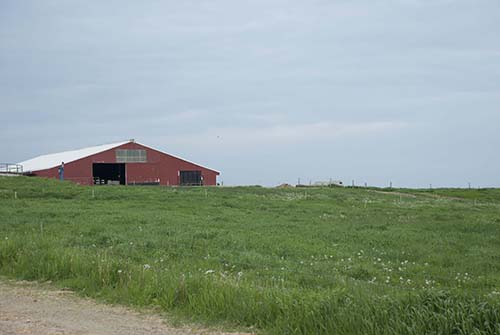
Farm real estate, cropland and pastureland values in the United States have all gone up this year, according to the USDA's new Land Values 2013 Summary released this month.
Real estate value, which measures the value of all land and buildings on farms, averaged $2,900 per acre in 2013, up 9.4 percent from 2012. The biggest change was a 23.1 percent rise in the Northern Plains region (Kansas, Nebraska, North Dakota, South Dakota). No change occurred in the Southeast region (Alabama, Florida, Georgia, South Carolina).
The Corn Belt region, including Illinois, Indiana, Iowa, Missouri and Ohio, had the highest farm real estate values, an average of $6,400 per acre. The lowest average farm real estate values, $1,020 per acre, were documented in the Mountain region, including Arizona, Colorado, Idaho, Montana, Nevada, New Mexico, Utah and Wyoming.
Cropland came in at $4,000 per acre, a $460 or 13 percent jump over last year. The Northern Plains region saw a 25 percent climb, while the Corn Belt region went up 16.1 percent in value over 2012. On the other hand, cropland values in the Southeast region declined by 2.8 percent. The most expensive cropland was found in the Corn Belt region, with an average of $6,980 per acre. The Southern Plains region, Oklahoma and Texas, had the least expensive cropland at 1,610 per acre in 2013.


The author is an associate editor and covers animal health, dairy housing and equipment, and nutrient management. She grew up on a dairy farm near Plymouth, Wis., and previously served as a University of Wisconsin agricultural extension agent. She received a master's degree from North Carolina State University and a bachelor's from University of Wisconsin-Madison.








